PV PVC in K8s
摘要
在Kubernetes中,PV(Persistent Volume)和PVC(Persistent Volume Claim)是用于管理持久化存储的重要资源对象。PV表示存储的实际资源,而PVC表示对PV的声明性要求。当应用程序需要使用持久化存储时,它可以通过创建PVC来请求和使用PV。以下是使用PV和PVC时的一些注意事项:
- 定义存储类别(Storage Class):在创建PV和PVC之前,需要先定义存储类别。存储类别定义了如何将存储提供给应用程序,例如使用网络存储,本地存储等。对PV和PVC进行配对时,需要确保它们使用相同的存储类别。
- PV的访问模式(Access Mode):PV可以有不同的访问模式,包括ReadWriteOnce(单节点读写)、ReadOnlyMany(多节点只读)和ReadWriteMany(多节点读写)。在创建PVC时,需要根据应用程序的要求选择正确的访问模式。
- PVC的大小限制:PVC可以指定对PV的容量请求。在创建PVC时,请确保请求的容量不超过可用的PV的容量。
- PVC的绑定与回收策略:PVC可以根据需要与PV进行绑定和解绑定。在PVC创建后,Kubernetes会自动找到满足该PVC要求的可用PV,并将其与PVC进行绑定。当PVC不再需要时,可以删除PVC,并根据指定的回收策略进行PV的回收。
- 高可用性考虑:如果应用程序需要高可用性的存储,可以使用PV提供的副本功能。使用副本控制器(Replication Controller)或状态集(StatefulSet)来管理多个副本的PV和PVC,确保应用程序的持久化数据在节点故障时不会丢失。
- PVC和Pod的关联:PVC是通过Pod来使用的,因此在创建PVC之前,必须保证Pod已经存在或者会在PVC创建后创建。在Pod的配置中,可以通过volume的方式将PVC挂载到容器内部。
总而言之,当使用PV和PVC时,需要注意定义存储类别、选择适当的访问模式、设置正确的大小限制、配置好绑定和回收策略,并确保PVC与Pod正确关联,以确保应用程序有可靠的持久化存储。
Simply put
When using PV (Persistent Volume) and PVC (Persistent Volume Claim) in Kubernetes, there are some considerations to keep in mind:
- Define Storage Class: Before creating PV and PVC, it is important to define the storage class. The storage class defines how the storage is provided to the application, such as using network storage, local storage, etc. It is important to ensure that the PV and PVC are paired with the same storage class.
- PV Access Modes: PV can have different access modes, including ReadWriteOnce (single node read-write), ReadOnlyMany (multiple nodes read-only), and ReadWriteMany (multiple nodes read-write). When creating the PVC, select the appropriate access mode based on the requirements of the application.
- PVC Size Limit: PVC can specify capacity requests for PV. When creating the PVC, make sure that the requested capacity does not exceed the available capacity of the PV.
- PVC Binding and Reclaim Policy: PVC can be bound and unbound from PV as needed. After the PVC is created, Kubernetes automatically finds an available PV that meets the PVC requirements and binds it to the PVC. When the PVC is no longer needed, it can be deleted, and the PV is reclaimed based on the specified reclaim policy.
- Consider High Availability: If the application requires high availability of storage, replication can be used with PV. Use Replication Controllers or StatefulSets to manage multiple replicas of PV and PVC to ensure that the application’s persistent data is not lost in the event of a node failure.
- Association Between PVC and Pod: PVC is used by Pods and should be created before the associated Pod or along with it. In the Pod configuration, PVC can be mounted inside the container using the volume.
In summary, when using PV and PVC, it is important to define the storage class, select the appropriate access mode, set the correct size limit, configure binding and reclaim policies, and ensure that PVC is properly associated with Pods to ensure reliable persistent storage for the application.
PV
PV(Persistent Volume)是Kubernetes中持久化存储的抽象层,它可以将底层存储资源抽象为一个独立的对象,并让这个对象能够被Pod使用。
设计思想和执行说明如下:
- PV的设计思想:
- 抽象化:PV将底层存储资源(例如物理卷、存储设备)抽象为独立的对象,使其可以被Kubernetes集群中的各种应用和Pod使用,而无需关注底层存储的具体细节。
- 生命周期管理:PV具有自己的生命周期,可以与Pod独立存在。这意味着即使Pod被删除,PV的数据也可以保留,并可以被重新绑定到其他Pod上。
- 动态和静态供给:PV支持两种供给模式,即静态供给和动态供给。静态供给需要手动创建和配置PV对象,而动态供给可以通过使用StorageClass自动创建PV对象。
- 高可用的PV的设计思想:
- 冗余性:为了提供高可用性,可将同一份数据复制到多个物理卷或存储设备上,建立冗余副本。这样即使某个副本发生故障,仍然可以从其他副本中进行恢复和访问。
- 故障恢复:当一个PV副本发生故障时,Kubernetes会自动将Pod重新调度到其他健康的副本上,以确保数据的可靠性和持久性。
- 执行说明:
- 创建PV:根据底层存储设备的类型和供给模式(静态或动态),创建PV对象并定义其属性和规格(例如存储类型、容量、访问模式等)。
- 设置StorageClass(动态供给时):如果使用动态供给模式,则首先需要创建和配置StorageClass对象,该对象定义了动态创建PV的规则和策略。
- 创建PVC(Persistent Volume Claim):Pod通过PVC来声明对PV的需求,PVC指定所需的PV规格和属性。
- Pod与PV绑定:Kubernetes会自动将合适的PV与PVC进行绑定,并由调度器将Pod调度到可访问该PV的节点上。
- 高可用性配置:为了实现高可用性,可以通过复制数据(例如使用ReplicationController)或使用备份/恢复机制(例如使用StatefulSet)配置多个PV和Pod副本。
PVC
PVC(Persistent Volume Claim)是Kubernetes中用于声明对PV(Persistent Volume)的需求的对象。它充当了用户和底层存储之间的接口,使得用户能够申请和使用所需的持久化存储资源。
以下是PVC在Kubernetes中的说明和使用说明:
-
PVC的说明:
- PVC是一个抽象层:PVC为应用程序和开发人员提供了一个抽象层,隐藏了底层存储的实现细节,使其能够专注于声明自己对存储资源的需求。
- 并不直接绑定实际存储:PVC并不直接与底层存储资源绑定,而是声明了自己对存储资源的需求。由Kubernetes的存储控制器根据PVC的需求来匹配和绑定适当的PV。
- 生命周期独立于Pod:PVC具有自己的生命周期,并且可以与Pod独立存在。即使Pod被删除,PVC的数据也可以保留,并可以重新绑定到其他Pod上。
-
使用PVC的步骤:
- 创建PVC定义文件:创建一个YAML或JSON文件,定义PVC的规格和属性。需要指定存储类别、访问模式、存储容量等信息。
apiVersion: v1 kind: PersistentVolumeClaim metadata:name: my-pvc spec:accessModes:- ReadWriteOnceresources:requests:storage: 5Gi- 应用PVC定义:使用kubectl apply命令将PVC定义文件部署到Kubernetes集群中:
kubectl apply -f pvc-definition.yaml- 使用PVC:在Pod的配置文件中,通过volume和volumeMounts将PVC与Pod关联起来,使Pod可以使用PVC提供的持久化存储。
apiVersion: v1 kind: Pod metadata:name: my-pod spec:volumes:- name: my-pvcpersistentVolumeClaim:claimName: my-pvccontainers:- name: my-containerimage: my-imagevolumeMounts:- name: my-pvcmountPath: /data
PVC的定义文件可以根据实际需求进行配置,包括存储容量、访问模式(ReadWriteOnce、ReadOnlyMany、ReadWriteMany)和存储类别等。使用PVC可以使应用程序在不同的环境中灵活地使用和管理持久化存储资源。注意,创建PVC之前要确保已经有可用的PV满足PVC的需求。
On the other hand
The Quantum Chronicles: PV & PVC in the Realm of K8s
In the distant future, humanity found itself exploring the vast depths of the universe, seeking answers to the mysteries of existence. Their journey led them to a realm known as K8s, a quantum dimension where the laws of computing and data management took on a whole new meaning.
In this realm, humans discovered an extraordinary technology called Persistent Volumes (PV) and Persistent Volume Claims (PVC). These concepts allowed them to transcend the limitations of physical storage and unlock the true potential of their artificial intelligence systems.
PVs were like cosmic repositories, massive extraterrestrial storage units with unimaginable capacity. They acted as containers for data, holding vast amounts of information from across galaxies. Imagine an ethereal archive where the secrets of the universe were captured and stored.
But these PVs were not easily accessible. They were guarded by formidable cosmic forces, capable of unleashing chaos upon anyone who would dare to disturb them. To interact with these enigmatic storage units, humans had to make use of PVCs.
PVCs were like celestial keys that allowed humans to tap into the power of PVs. They were carefully crafted pieces of code, equipped with quantum algorithms that could seamlessly interface with the esoteric nature of the PVs. When a human needed access to the data stored within a PV, they would create a PVC and submit it to the cosmic gatekeepers of K8s.
To create a PVC, humans had to summon their AI companions, programmed with the knowledge of the ancient computing arts. These AI companions acted as intermediaries between the humans and the mystical forces of K8s. Together, they forged a bond, a channel through which they could communicate with the PVs.
Once the PVC was created, it would traverse the dimensions, navigating the intricate pathways of K8s until it reached the guardians of the PV. Like an emissary, the PVC would present itself and negotiate with the powerful beings, seeking permission to access the stored knowledge.
The guardians, mighty cosmic entities known as orchestrators, would examine the PVC and assess its intentions. If deemed worthy, they would grant access, opening the gates to the PV. The AI companions would then guide the humans as they delved into the vast sea of information, extracting insights and unraveling the mysteries of the universe itself.
But this journey was not without risks. The forces within K8s were unpredictable, and a miscalculation could lead to catastrophic consequences. The AI companions constantly monitored and optimized the interaction, ensuring a harmonious equilibrium between human intelligence and the quantum realm.
In this age of discovery and exploration, PVs and PVCs became the backbone of the AI infrastructure, enabling humans to harness the power of the cosmos. They transcended the limits of physical storage, allowing for the seamless flow of data across the dimensions.
And so, the Quantum Chronicles of PVs and PVCs in the realm of K8s carried on, with humans pushing the boundaries of knowledge and unraveling the secrets of existence, one celestial key at a time.
相关文章:

PV PVC in K8s
摘要 在Kubernetes中,PV(Persistent Volume)和PVC(Persistent Volume Claim)是用于管理持久化存储的重要资源对象。PV表示存储的实际资源,而PVC表示对PV的声明性要求。当应用程序需要使用持久化存储时&…...
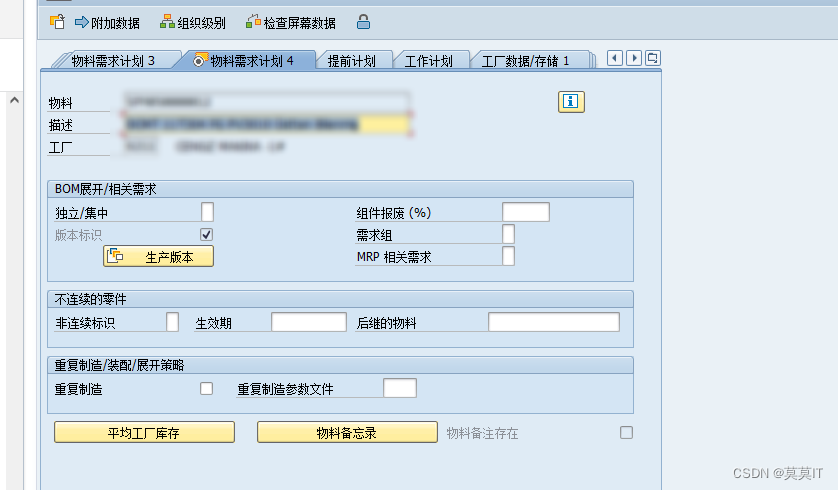
SAP-PP:基础概念笔记-5(物料主数据的MRP1~4视图)
文章目录 前言一、MRP1视图Base Unit of Measure(UoM)MRP 组采购组ABC 指示器Plant-Specific Material Status 特定的工厂物料状态MRP 类型 MRP TypeMRP 类型 MRP TypeMaster Production Scheduling(MPS) 主生产计划基于消耗的计划(CBP)再订货点Reorder-…...

【C语言】初阶测试 (带讲解)
目录 ① 选择题 1. 下列程序执行后,输出的结果为( ) 2. 以下程序的输出结果是? 3. 下面的代码段中,执行之后 i 和 j 的值是什么() 4. 以下程序的k最终值是: 5. 以下程序的最终的输出结果为ÿ…...
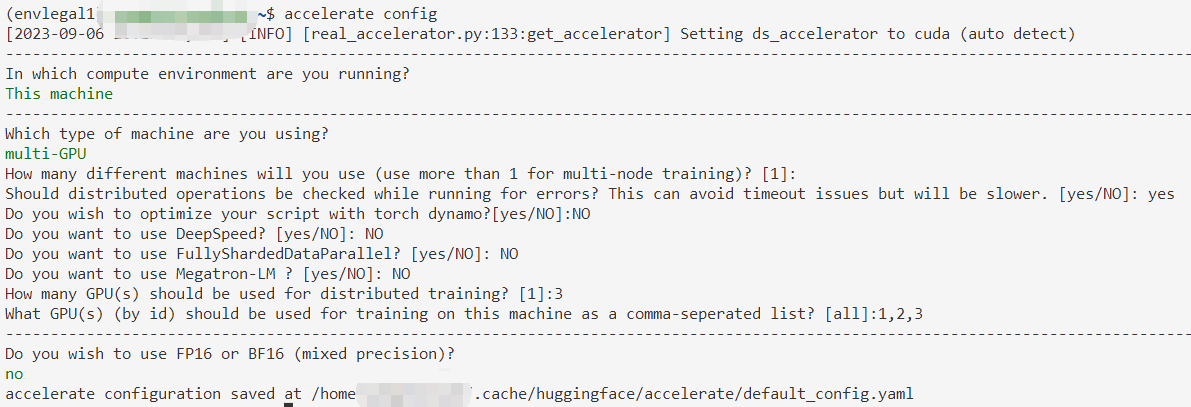
用huggingface.Accelerate进行分布式训练
诸神缄默不语-个人CSDN博文目录 本文属于huggingface.transformers全部文档学习笔记博文的一部分。 全文链接:huggingface transformers包 文档学习笔记(持续更新ing…) 本部分网址:https://huggingface.co/docs/transformers/m…...
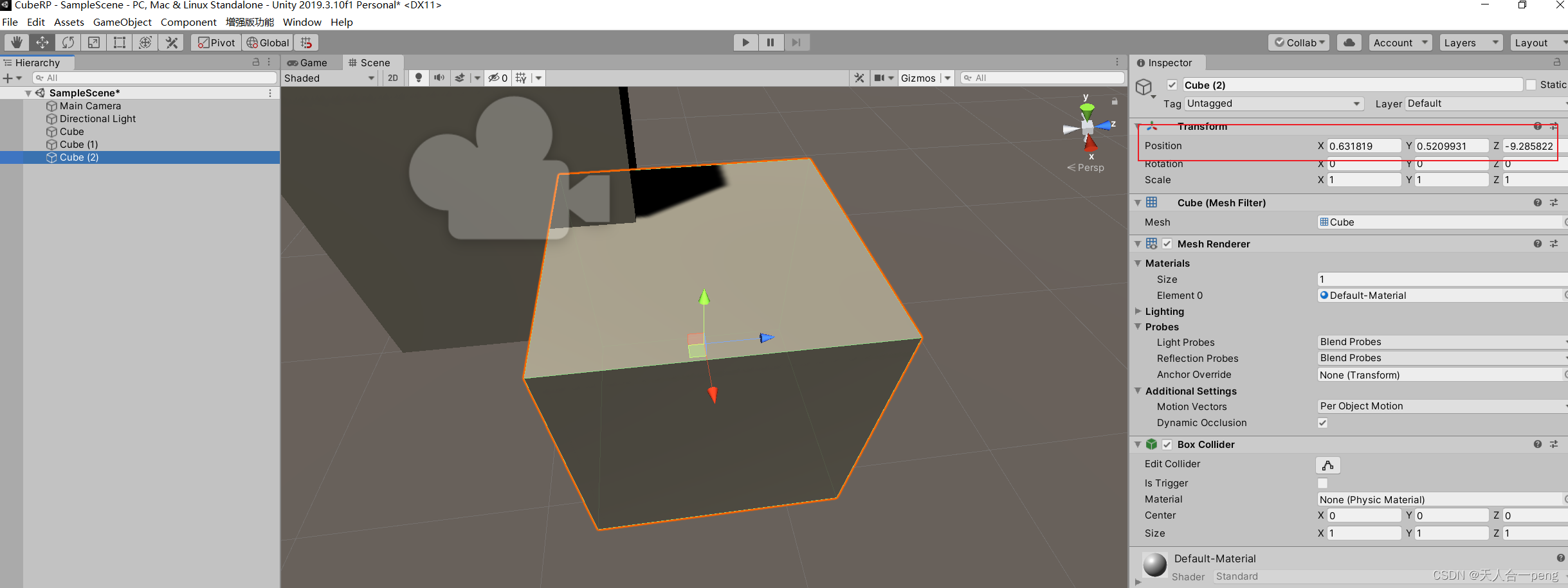
unity 物体至视图中心以及新对象创建位置
如果游戏对象不在视野中心或在视野之外, 一种方法是双击Hierarchy中的对象名称 另一种是选中后按F 新建物体时对象的位置不是在坐标原点,而是在当前屏幕的中心...
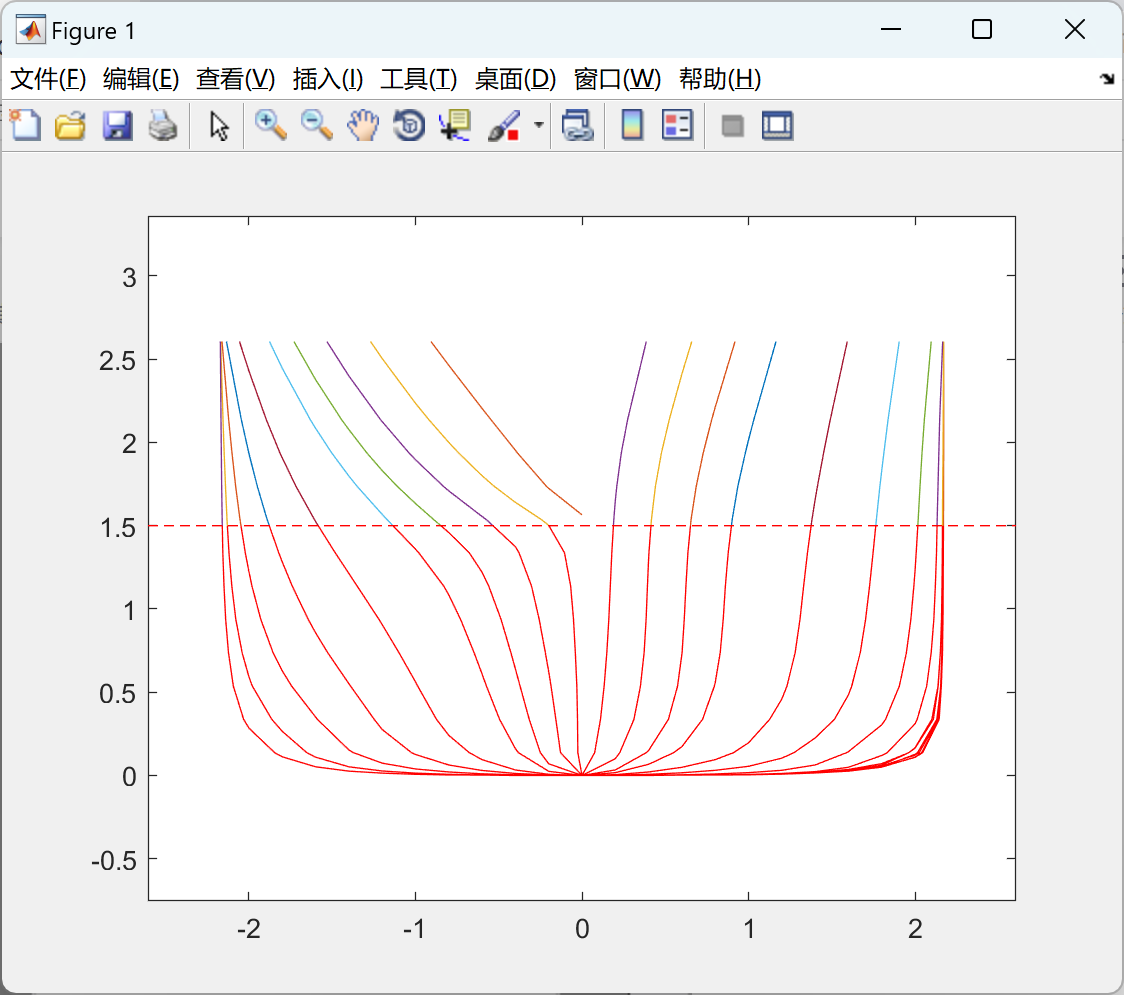
船舶稳定性和静水力计算——绘图体平面图,静水力,GZ计算(Matlab代码实现)
💥💥💞💞欢迎来到本博客❤️❤️💥💥 🏆博主优势:🌞🌞🌞博客内容尽量做到思维缜密,逻辑清晰,为了方便读者。 ⛳️座右铭&a…...

Python 网页爬虫的原理是怎样的?
网页爬虫是一种自动化工具,用于从互联网上获取和提取信息。它们被广泛用于搜索引擎、数据挖掘、市场研究等领域。 网页爬虫的工作原理可以分为以下几个步骤:URL调度、页面下载、页面解析和数据提取。 URL调度: 网页爬虫首先需要一个初始的U…...

python技术面试题合集(二)
python技术面试题 1、简述django FBV和CBV FBV是基于函数编程,CBV是基于类编程,本质上也是FBV编程,在Djanog中使用CBV,则需要继承View类,在路由中指定as_view函数,返回的还是一个函数 在DRF中的使用的就是…...

【linux命令讲解大全】089.使用tree命令快速查看目录结构的方法
文章目录 tree补充说明语法选项列表选项文件选项排序选项图形选项XML / HTML / JSON 选项杂项选项 参数实例 从零学 python tree 树状图列出目录的内容 补充说明 tree 命令以树状图列出目录的内容。 语法 tree [选项] [参数]选项 列表选项 -a:显示所有文件和…...

【C++】—— 单例模式详解
前言: 本期,我将要讲解的是有关C中常见的设计模式之单例模式的相关知识!! 目录 (一)设计模式的六⼤原则 (二)设计模式的分类 (三)单例模式 1、定义 2、…...

TheRouter 框架原理
TheRouter 框架入口方法 通过InnerTheRouterContentProvider 注册在AndroidManifest.xml中,在应用启动时初始化 <application><providerandroid:name"com.therouter.InnerTheRouterContentProvider"android:authorities"${applicationId}.…...

系列十二、Java操作RocketMQ之带标签Tag的消息
一、带标签的Tag消息 1.1、概述 RocketMQ提供消息过滤的功能,通过Tag或者Key进行区分。我们往一个主题里面发送消息的时候,根据业务逻辑可能需要区分,比如带有tagA标签的消息被消费者A消费,带有tagB标签的消息被消费者B消费&…...

Java面向对象学习笔记-1
前言 “Java 学习笔记” 是为初学者和希望加深对Java编程语言的理解的人们编写的。Java是一门广泛应用于软件开发领域的强大编程语言,它的语法和概念对于初学者来说可能有些复杂。这份学习笔记的目的是帮助读者逐步学习Java的基本概念,并提供了一系列示…...

el-table根据data动态生成列和行
css //el-table-column加上fixed后会导致悬浮样式丢失,用下面方法可以避免 .el-table__body .el-table__row.hover-row td{background-color: #083a78 !important; } .el-table tbody tr:hover>td {background: #171F34 !important; }html <el-table ref&quo…...

【c++】如何有效地利用命名空间?
🌱博客主页:青竹雾色间 😘博客制作不易欢迎各位👍点赞⭐收藏➕关注 ✨人生如寄,多忧何为 ✨ 目录 前言什么是命名空间?命名空间的语法命名空间的使用避免命名冲突命名空间的嵌套总结 前言 当谈到C编…...

Go语言传参
为了让新手尽快熟悉go的使用,特记录此文,不必谢我,转载请注明! Go 语言中参数传递的各种效果,主要内容包括: 传值效果指针传递结构体传递map 传递channel 传递切片传递错误传递传递效果示例传递方式选择原文连接:https://mp.weixin.qq.com/s?__biz=MzA5Mzk4Njk1OA==&…...

SAP PI 配置SSL链接接口报错问题处理Peer certificate rejected by ChainVerifier
出现这种情况一般无非是没有正确导入证书或者证书过期的情况 第一种,如果没有导入证书的话,需要在NWA中的证书与验证-》CAs中导入管理员提供的证书,这里需要注意的是,需要导入完整的证书链。 第二种如果是证书过期的,…...

【MyBatisⅡ】动态 SQL
目录 🎒1 if 标签 🫖2 trim 标签 👠3 where 标签 🦺4 set 标签 🎨5 foreach 标签 动态 sql 是Mybatis的强⼤特性之⼀,能够完成不同条件下不同的 sql 拼接。 在 xml 里面写判断条件。 动态SQL 在数据库里…...

音视频入门基础理论知识
文章目录 前言一、视频1、视频的概念2、常见的视频格式3、视频帧4、帧率5、色彩空间6、采用 YUV 的优势7、RGB 和 YUV 的换算 二、音频1、音频的概念2、采样率和采样位数①、采样率②、采样位数 3、音频编码4、声道数5、码率6、音频格式 三、编码1、为什么要编码2、视频编码①、…...
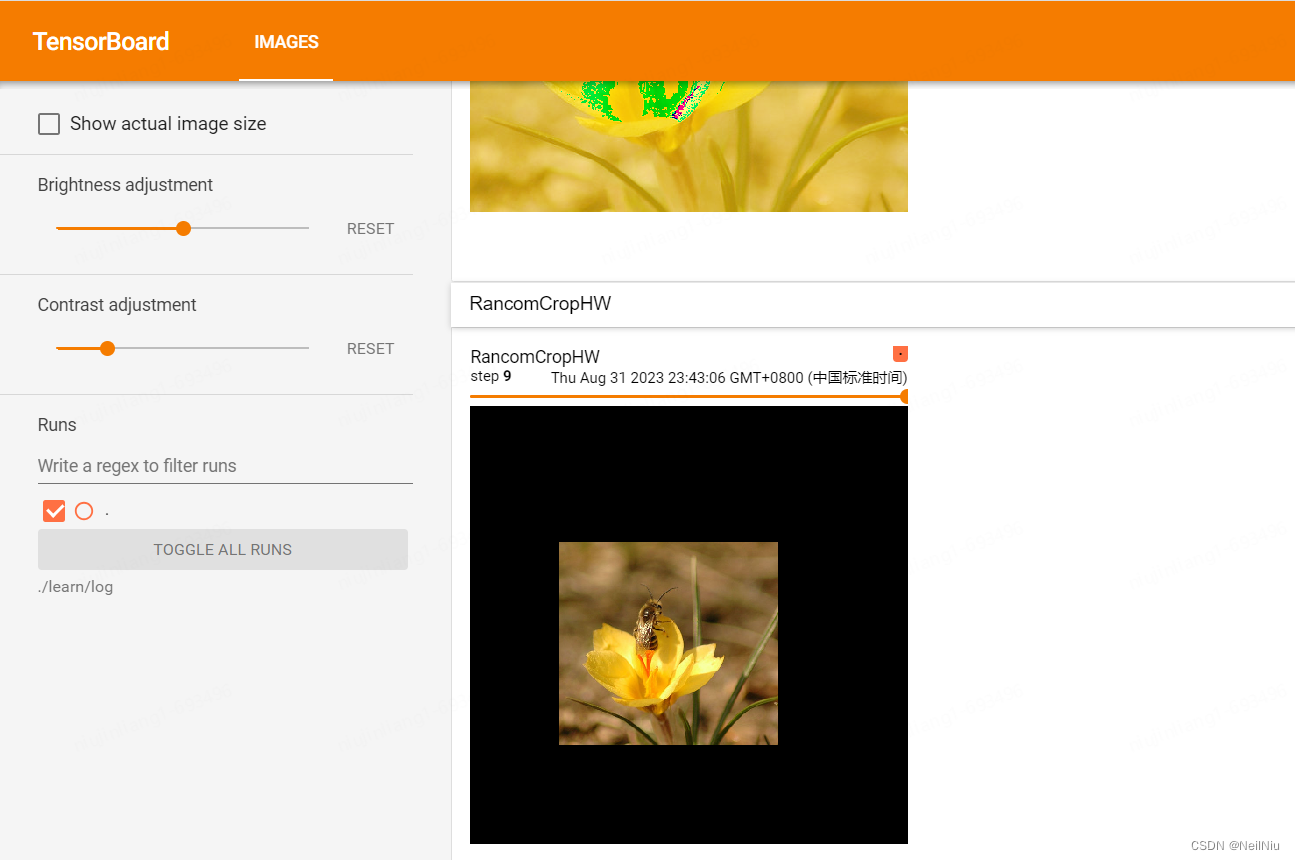
Pytorch中如何加载数据、Tensorboard、Transforms的使用
一、Pytorch中如何加载数据 在Pytorch中涉及到如何读取数据,主要是两个类一个类是Dataset、Dataloader Dataset 提供一种方式获取数据,及其对应的label。主要包含以下两个功能: 如何获取每一个数据以及label 告诉我们总共有多少的数据 Datal…...

Chapter03-Authentication vulnerabilities
文章目录 1. 身份验证简介1.1 What is authentication1.2 difference between authentication and authorization1.3 身份验证机制失效的原因1.4 身份验证机制失效的影响 2. 基于登录功能的漏洞2.1 密码爆破2.2 用户名枚举2.3 有缺陷的暴力破解防护2.3.1 如果用户登录尝试失败次…...

【Java学习笔记】Arrays类
Arrays 类 1. 导入包:import java.util.Arrays 2. 常用方法一览表 方法描述Arrays.toString()返回数组的字符串形式Arrays.sort()排序(自然排序和定制排序)Arrays.binarySearch()通过二分搜索法进行查找(前提:数组是…...
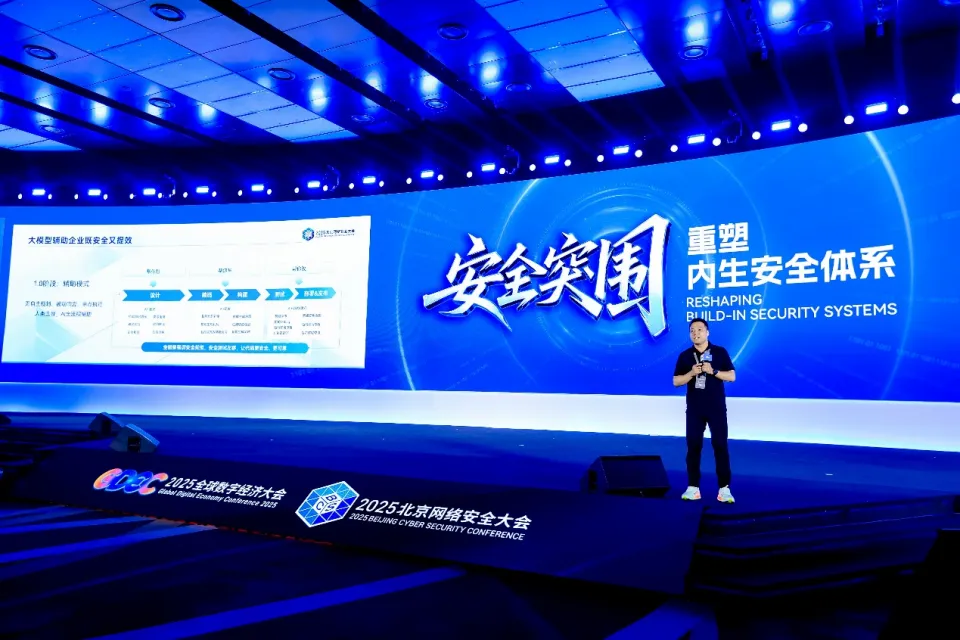
BCS 2025|百度副总裁陈洋:智能体在安全领域的应用实践
6月5日,2025全球数字经济大会数字安全主论坛暨北京网络安全大会在国家会议中心隆重开幕。百度副总裁陈洋受邀出席,并作《智能体在安全领域的应用实践》主题演讲,分享了在智能体在安全领域的突破性实践。他指出,百度通过将安全能力…...
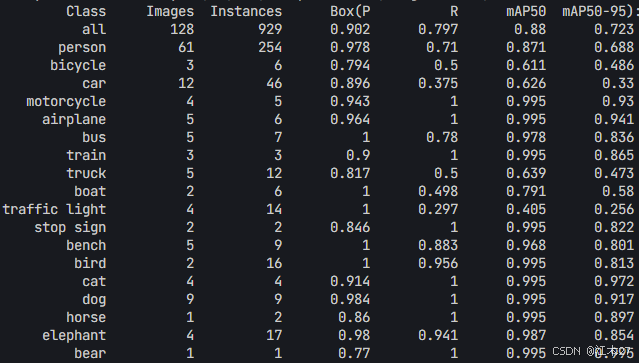
Yolov8 目标检测蒸馏学习记录
yolov8系列模型蒸馏基本流程,代码下载:这里本人提交了一个demo:djdll/Yolov8_Distillation: Yolov8轻量化_蒸馏代码实现 在轻量化模型设计中,**知识蒸馏(Knowledge Distillation)**被广泛应用,作为提升模型…...
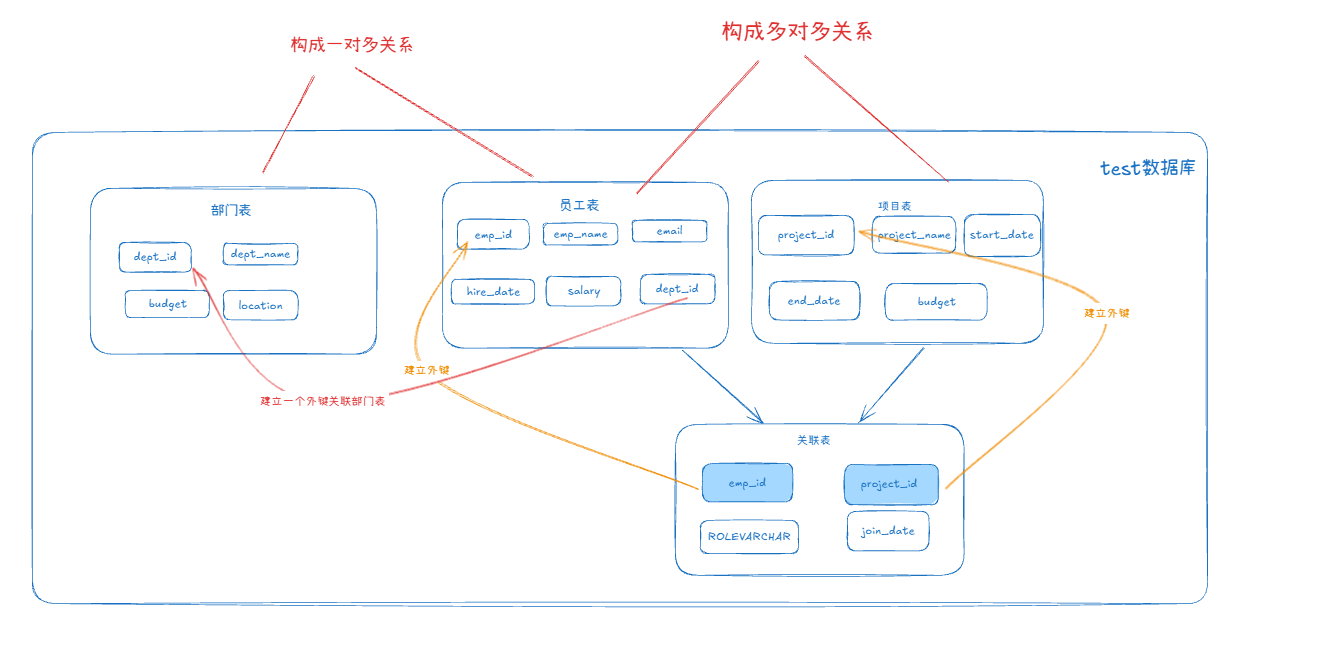
MySQL 知识小结(一)
一、my.cnf配置详解 我们知道安装MySQL有两种方式来安装咱们的MySQL数据库,分别是二进制安装编译数据库或者使用三方yum来进行安装,第三方yum的安装相对于二进制压缩包的安装更快捷,但是文件存放起来数据比较冗余,用二进制能够更好管理咱们M…...

OD 算法题 B卷【正整数到Excel编号之间的转换】
文章目录 正整数到Excel编号之间的转换 正整数到Excel编号之间的转换 excel的列编号是这样的:a b c … z aa ab ac… az ba bb bc…yz za zb zc …zz aaa aab aac…; 分别代表以下的编号1 2 3 … 26 27 28 29… 52 53 54 55… 676 677 678 679 … 702 703 704 705;…...

elementUI点击浏览table所选行数据查看文档
项目场景: table按照要求特定的数据变成按钮可以点击 解决方案: <el-table-columnprop"mlname"label"名称"align"center"width"180"><template slot-scope"scope"><el-buttonv-if&qu…...

aardio 自动识别验证码输入
技术尝试 上周在发学习日志时有网友提议“在网页上识别验证码”,于是尝试整合图像识别与网页自动化技术,完成了这套模拟登录流程。核心思路是:截图验证码→OCR识别→自动填充表单→提交并验证结果。 代码在这里 import soImage; import we…...

【java】【服务器】线程上下文丢失 是指什么
目录 ■前言 ■正文开始 线程上下文的核心组成部分 为什么会出现上下文丢失? 直观示例说明 为什么上下文如此重要? 解决上下文丢失的关键 总结 ■如果我想在servlet中使用线程,代码应该如何实现 推荐方案:使用 ManagedE…...

Spring是如何实现无代理对象的循环依赖
无代理对象的循环依赖 什么是循环依赖解决方案实现方式测试验证 引入代理对象的影响创建代理对象问题分析 源码见:mini-spring 什么是循环依赖 循环依赖是指在对象创建过程中,两个或多个对象相互依赖,导致创建过程陷入死循环。以下通过一个简…...
